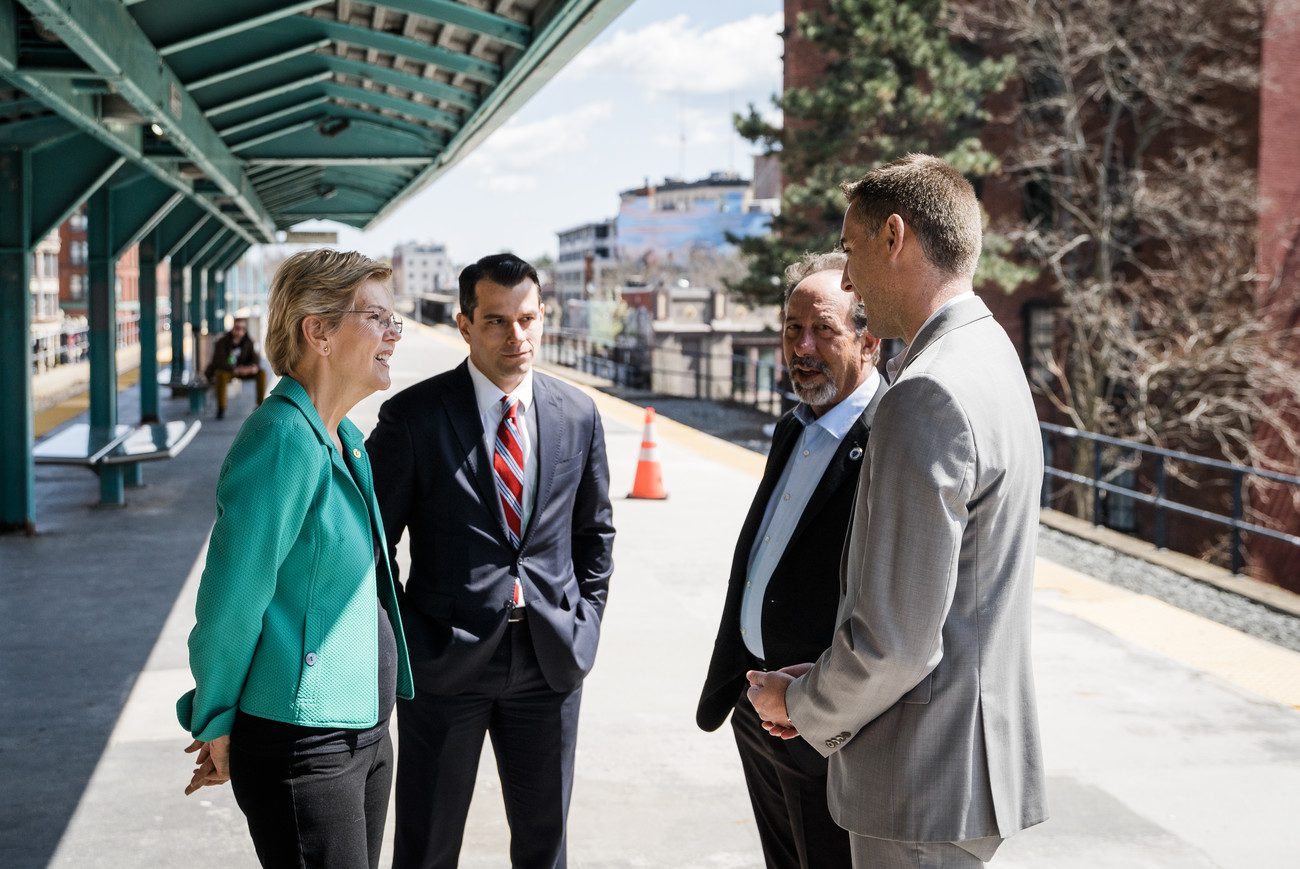It’s time to make a running starting toward a commuter trail transformation
State Sen. Brendan Crighton said the MBTA took “a step in the right direction” by including $50 million in its long-term capital spending plan to switch from diesel-powered to electric trains.
But the question asked with authority and conviction in April by U.S. Sen. Elizabeth Warren and local officials remains unanswered: Can federal money be directed to pay for a complete commuter rail electrification?
“We will continue our efforts in pushing for a system that is significantly more affordable, reliable, and helps us reach our environmental goals,” said Crighton.
His statement underscores local officials’ insistence on a fully-electrified Newburyport-Ipswich commuter line. Only by pulling diesel-powered trains out of service and replacing them with electric vehicles will the MBTA commit to environmentally-sound transportation providing more frequent stops with a commitment to fare reduction.
After the MBTA’s initial Capital Investment Plan draft made no mention of commuter rail electrification, Warren stressed to local officials the timely need for a concerted local push to obtain “once-in-a-lifetime” federal money available for transportation projects.
“But you can’t compete for it unless you have a plan,” she told a dozen state legislators and mayors who gathered with her on North Shore Community College’s Lynn campus.
The capital plan summary includes the words, “Electrify the commuter rail system.” It goes on to state: “The ongoing commuter rail Vision study will conduct a thorough evaluation of costs, ridership potential, and operational feasibility of various alternatives, and will inform the ultimate vision for the future of the Commuter Rail.”
That sounds like a half-step commitment to electrification. Only federal money can make electrification a reality. The task Warren set before local officials is to make the MBTA an ally in applying for and obtaining federal dollars.
It’s a tall order at a time when the MBTA is beset by operations, equipment repair and hiring problems. But Crighton stated succinctly in April why electrification is a goal that merits a federal spending commitment.
“When we say electrification, we mean more frequent service, we mean at a lower cost, and we mean more reliable,” he said.
The $50 million can help pay for 25 electrified or multi-mode commuter rail vehicles to replace the oldest vehicles in the fleet, which are diesel-powered.
A step in the right direction, as Crighton said. But the capital plan summary also states a “vision” for commuter rail, one that the MBTA and federal transportation officials should embrace: “a full transformation of the entire system.”
Now is the time to embrace that vision and make it reality.

